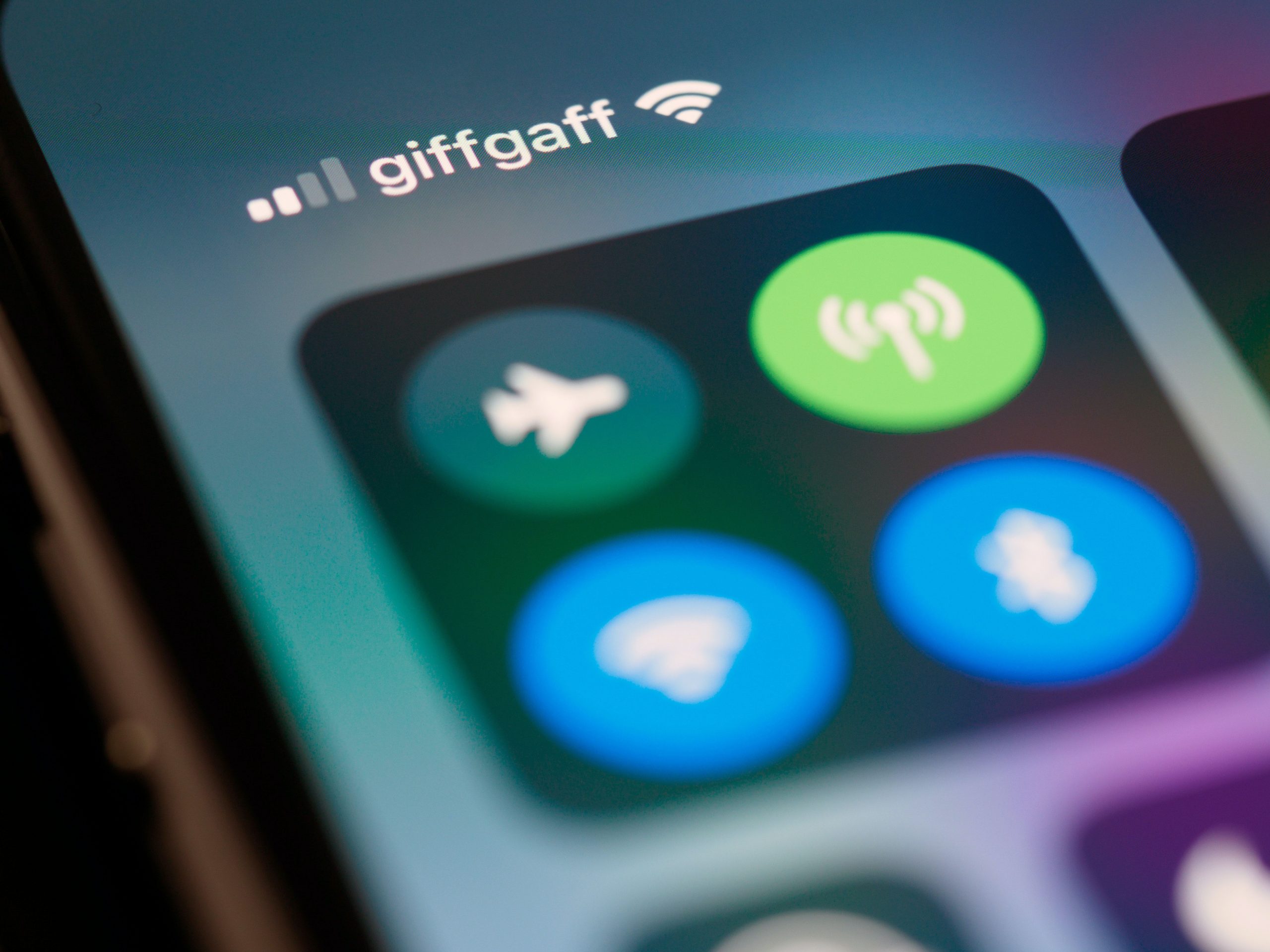Bluetooth technology has become an integral part of our routine. From COVID contract tracing apps to simply listening to music on the generation hearing aids, it has made itself known and loved. But did you know who it was named after?
According to a post that went super-viral on the web, it is named after ancient King Harald “Bluetooth” of Denmark and Norway.
Also Read | Pegasus scandal: Allegations serious if media reports are true, says SC
The post read, “His nickname allegedly comes from the extreme amount of blueberries he ate, staining his teeth…commonly viewed as a great uniter, he’s the inspiration for Bluetooth wireless tech, (because it ‘unites’ devices) and the logo is actually his initials in Nordic Runes.”
The user had captioned the post, “So not all of modern life is completely blind to the ways of the Norse.”
Who is King Harald I?
King Harald I is one of the ancient Viking kings who became the force behind the unification of Denmark and Norway.
Harald was known to convert the Danes to Christianity, according to Brittanica. Son of King Gorm the Old and Queen Thyra, he had a dead tooth that looked blue in appearance. Thus, the nickname ‘Blåtand’, meaning Bluetooth.
Coining the term
Intel’s Jim Kardach had avidly read a book on Viking history. It was in December 1996 that he suggested that the company named the technology ‘Bluetooth temporarily till they find a new name.
“When asked about the name Bluetooth, I explained that Bluetooth was borrowed from the 10th century, second King of Denmark, King Harald Bluetooth, who was famous for uniting Scandinavia just as we intended to unite the PC and cellular industries with a short-range wireless link,” Kardach wrote in a 2008 column for the EE Times.
The codename remained because other names didn’t work out. The logo symbolizes “a bind rune merging the Younger Futhark runes (Hagall) ᚼ) and (Bjarkan) (ᛒ), Harald’s initials,” according to Bluetooth’s website






